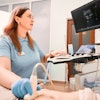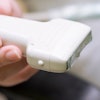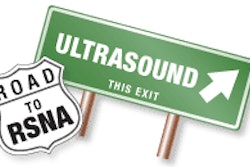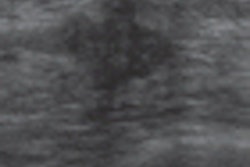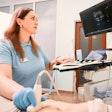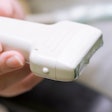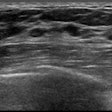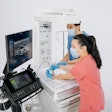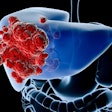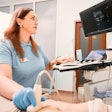Tuesday, November 27 | 3:10 p.m.-3:20 p.m. | SSJ01-02 | Arie Crown Theater
Certain ultrasound characteristics can help clinicians identify triple-negative breast cancer, according to a study to be presented in this scientific session.Dr. Eleonora Horvath, of the Universidad del Desarrollo in Santiago, Chile, and colleagues explored whether triple-negative breast cancer has any characteristic patterns that could help doctors detect it. These tumors do not have estrogen, progesterone, or HER 2 receptors; they represent 12% to 17% of all diagnosed cancers; and they tend to be more aggressive.
The researchers reviewed ultrasound findings for 55 patients with confirmed triple-negative breast cancer who had been studied between 2003 and 2012. They found that 98% of triple-negative breast cancers present as a unifocal mass, without calcifications, and that the most frequent ultrasound features of these tumors were marked hypoechoic appearance (68%), posterior location in the gland (65%), and vascularization absent or only in the periphery (70%).
These characteristics can help physicians diagnose triple-negative breast cancer, which could improve treatment planning and prognosis, Horvath's team concluded.

